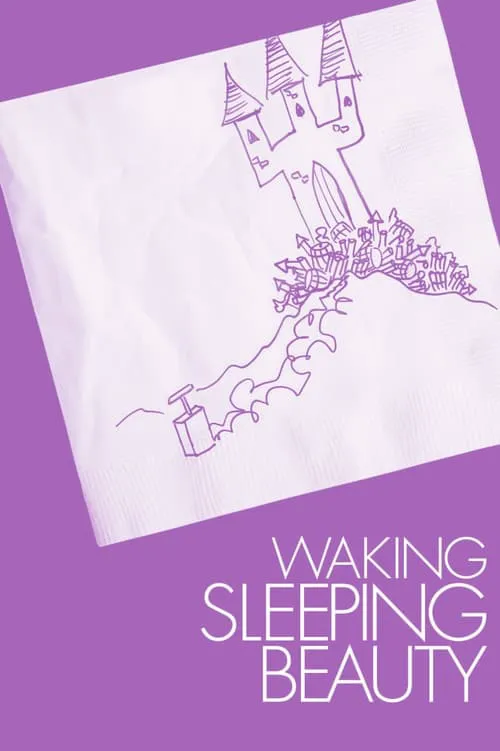Waking Sleeping Beauty

Plot
In the late 1980s, Walt Disney Productions, the institution behind some of children's most cherished cinematic experiences, was on the brink of collapse. It's as if the fairy godmother had abandoned Cinderella in her hour of need. As a result, the once vibrant animation department was plagued by a mix of conflicting ideologies and crippling self-doubt. On one side stood the veterans - seasoned artists, directors, and writers like Roy E. Disney and Thomas Schumacher, who, having spent their careers honing the Disney brand, felt they held the company's legacy in their hands. On the other side were the newcomers, bursting with creative energy and innovative ideas, impatiently waiting to shake things up and bring Disney's storied tradition into the modern age. Tensions between the old guard and the fresh faces boiled down to a struggle between tradition and innovation. As the industry continued to evolve at a breakneck pace, those who had been at the helm of Disney for years refused to relinquish their control, clinging to the formula that had worked for decades. Conversely, the newcomers believed that to stay afloat, Disney had to adapt and adopt fresh perspectives and modern storytelling techniques. The early 1980s marked a particularly bleak period for Disney. A string of poorly received films, such as "The Fox and the Hound" (1981), "The Black Cauldron" (1985), and "The Great Mouse Detective" (1986), left the public questioning whether Disney was indeed a has-been company. Critics and insiders alike felt that the once-pioneering animation house had lost its touch, and its magic had begun to fade. However, fate, not fortune, had a role in reviving Disney's fortunes. In 1984, Michael Eisner and Jeffrey Katzenberg, two industry heavyweights with impressive credentials and vision, took the reins of Walt Disney Productions. They saw the Disney of old as an iconic brand that needed revamping to connect with a new generation of moviegoers. Recognizing both the merits of innovation and the importance of tradition, they crafted a bold plan to return Disney to its former glory while also embracing the changing times. Eisner and Katzenberg first made a concerted effort to restore Disney's creative core by hiring gifted newcomers such as John Musker and Ron Clements, who would ultimately direct the studio's groundbreaking hit "The Little Mermaid." However, the initial step towards redemption required them to tackle a more complex challenge: revamping the company's structure. To bring the animators and writers closer to their target audience, Disney invested heavily in building state-of-the-art computer facilities and hiring seasoned professionals with experience in animation production. Another crucial aspect of the company's revival was the hiring of Roy E. Disney, Walt's nephew and the driving force behind "Waking Sleeping Beauty." As a Disney veteran, Roy had an intimate understanding of his uncle's philosophy and the secrets behind creating timeless animated classics. He played a pivotal role in bridging the gap between the veteran animators and the newcomers. Throughout the late 1980s and early 1990s, Disney churned out an incredible string of hits, including "The Little Mermaid" (1989), "Beauty and the Beast" (1991), "Aladdin" (1992), and the Oscar-winning "The Lion King" (1994). The creative resurgence at the company not only revitalized its brand but also transformed Disney into a global entertainment powerhouse. The film "Waking Sleeping Beauty" itself is a poignant and inspiring account of the Disney renaissance, featuring interviews with many of the individuals who played a key role in the company's rebirth. The documentary offers a behind-the-scenes look at the making of some of Disney's most beloved films and delves into the intricate politics and creative decisions that defined the era.
Reviews
Recommendations




